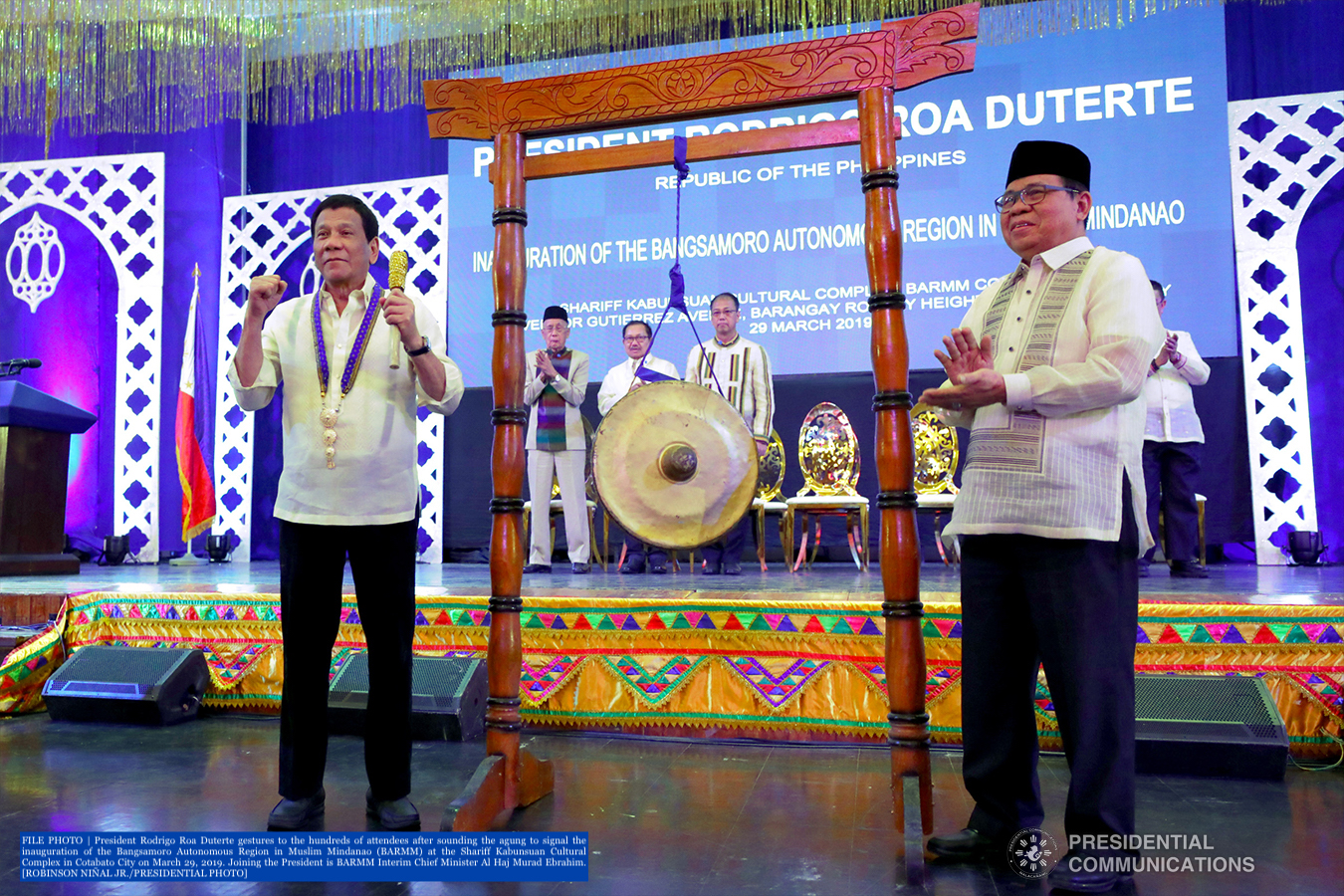BARMM: A Cultural and Natural Treasure in the Philippines Waiting to Be Discovered
The Bangsamoro Autonomous Region in Muslim Mindanao (BARMM), officially designated as an administrative region in the Philippines, is an area that is home to a diverse range of cultures, traditions, and history. It comprises five provinces, namely Basilan, Lanao del Sur, Maguindanao, Sulu, and Tawi-Tawi, and has its regional center located in the City of Cotabato. With a population of 4,404,288, as determined by the 2020 Census, the BARMM is a significant region in the Mindanao island group, representing 16.78% of the overall population or 4.04% of the entire population of the Philippines.
The BARMM is a culturally rich and diverse region, with each of its five provinces having its unique traditions, language, and customs. Basilan, for instance, is home to the Yakan tribe, famous for their intricate weaving techniques and colorful traditional costumes. The Lanao del Sur province, on the other hand, is known for the Maranao tribe, famous for their unique and intricate brassware craftsmanship. Maguindanao is renowned for its stunning natural landscapes, pristine beaches, and magnificent waterfalls. The province of Sulu, meanwhile, is home to the Tausug tribe, renowned for their colorful dances and music. Finally, Tawi-Tawi is a paradise for nature lovers, with its clear turquoise waters, white sand beaches, and rich marine biodiversity.
The BARMM is a significant player in the Philippine economy, with its rich natural resources and potential for economic development. The region has a thriving agriculture sector, with rice, corn, and coconut as its major crops. The BARMM is also home to vast fisheries and aquaculture resources, contributing to the country's overall fish production. Furthermore, the region has abundant mineral resources such as coal, gold, and copper, which are yet to be fully explored and utilized.
The BARMM has a rich and complex history that has shaped its unique culture and traditions. Before the arrival of the Spanish colonizers in the Philippines in the 16th century, the region was already a thriving center of trade and commerce. The native tribes that inhabited the area were already engaging in trade with neighboring countries, such as China and India. During the Spanish colonization, the region resisted the Spanish rule, with various armed rebellions taking place. The Moro Wars, as these armed conflicts were known, were fought between the Muslim Moros and the Spanish forces from the 16th to the 19th centuries. Despite the Spanish attempts to subdue the region, the Moros continued to resist and maintain their unique culture and traditions.
In modern times, the BARMM has undergone significant political changes, with the establishment of the Autonomous Region in Muslim Mindanao in 1989, which was later replaced by the Bangsamoro Autonomous Region in Muslim Mindanao (BARMM) in 2019. The new BARMM was established after a plebiscite was conducted in the region, allowing the people to decide whether to accept or reject the proposed law that would create the new autonomous region. The new BARMM aims to provide the region with greater autonomy and self-governance, with the hope of bringing about lasting peace and development in the area.






